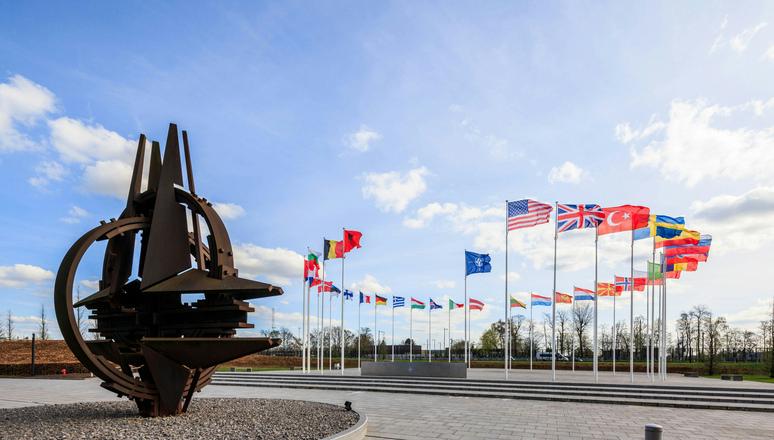NATO FORACS Office

The NATO FORACS Office at the NATO Headquarters in Brussels has a staff of four personnel who provide technical direction, scheduling and funding coordination for the project.
Governance
The strategic and technical validity of NATO FORACS data is monitored by the eight participating nations, ACO, ACT, and the NATO FORACS Office. There are sanctioned forums (Steering Committee, Range User Meeting, Strategic Planning Group) that facilitiate active involvement of the member nations and provide guidance and oversight.
Scheduling
Requests for testing are normally sent by email to the NATO FORACS Office. Test schedules are finalized at the Steering Committee meetings; however, changes to the schedule can be arranged throughout the year. Two to five days should be planned for each ship.
Funding
Basic facilities have been provided through the NATO Security Investment Program. Operational costs are paid by the eight sponsoring nations: Canada, Denmark, Germany, Greece, Italy, Norway, the United Kingdom, and the Unites States of America.
All NATO nations are welcome to use the facilities on a daily cost basis. Non-NATO nations may use the facilities on a daily cost basis, if the request is approved by the NATO Council. Such a request has to be sent to the NATO FORACS Office in Brussels.
A brief history
1971 NNAG approved establishment of Project Group 7 to study and refine technical requirements.
1974 A Memorandum of Understanding was signed by seven NATO nations to formalize the NATO FORACS Project.
1977 The NATO FORACS Office (NFO) was established in London and later moved to NATO Headquarters in Brussels.
1978 NATO FORACS Norway (NFN) was opened for test operations near Stavanger.
1984 NATO FORACS Greece (NFG) became operational near Souda Bay, Crete.
1994 NATO FORACS AUTEC (NFA), co-located with AUTEC and with the engineering offices in Florida, became an associate NATO FORACS test facility. Canada was welcomed as an eighth sponsoring member.
1999 NATO FORACS conducted the first deployed FORACS trials.
2008 NATO FORACS Project (NFA, NFG, NFN, NFO) has been ISO 9001 certified and has remained so since.
2012 STANAG 4710, ANEP 82 ratified
2014 NATO FORACS' 40th Anniversary
2017 First multi-ship test conducted to prove elements of Task Group interoperability 2021 IDATSvX Initial Operating Capability (IOC) 2024 IDATSvX Full Operating Capability (FOC) [Planned] supporting end-to-end test activity: Dockside (Static); At-Sea (Dynamic) and Output Report Production 2024 NATO FORACS' 50th Anniversary
| 
